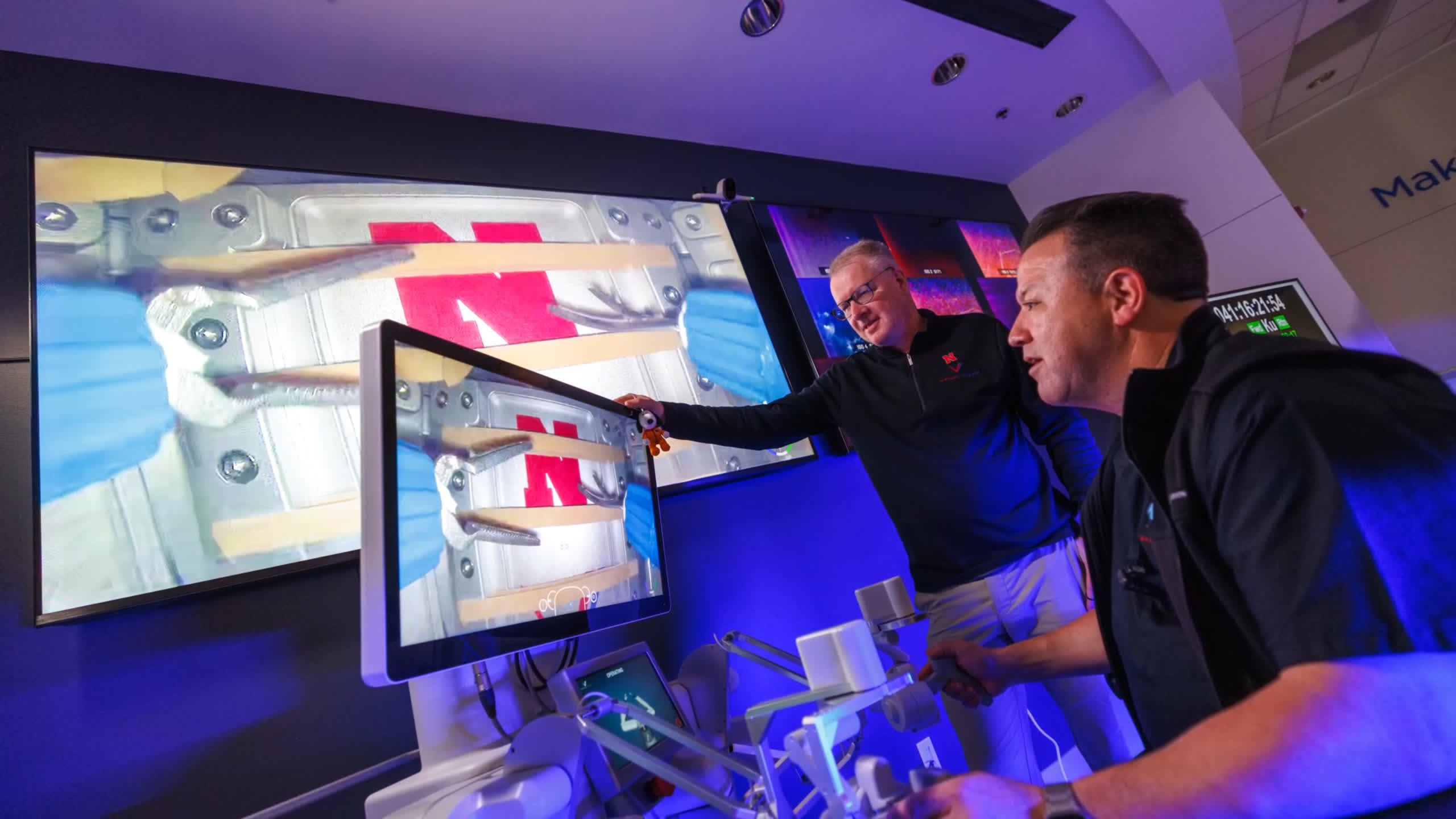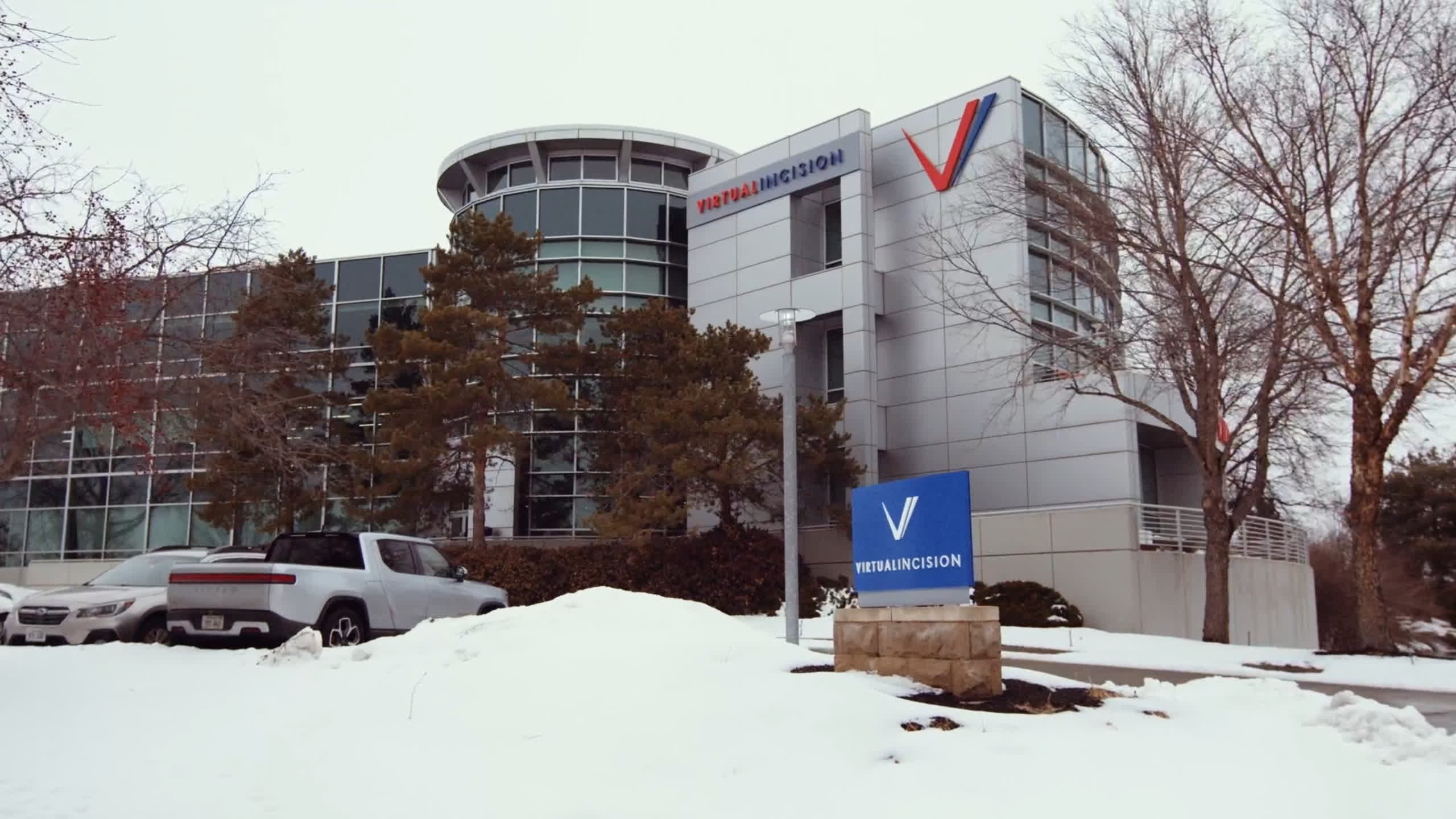In a nutshell: Medical emergencies are one of the life-threatening dangers faced by astronauts on the International Space Station (ISS) and future deep-space missions. However, miniaturized robots and surgeons operating remotely could provide an innovative solution to the problem.

A compact, remotely-operated robotic surgeon was recently tested aboard the ISS, a space station orbiting our planet 250 miles above the ground with no ready access points for space ambulances or other forms of emergency medical attention. The spaceMIRA mini-robot was successfully controlled from Earth by real surgeons, though no human tissue was cut and stitched during the experiment.
SpaceMIRA, a 30-inch cylindrical device equipped with two arms, is built like its terrestrial counterpart known as MIRA, or Miniaturized In Vivo Robotic Assistant. The left arm is fitted with a grasper, while the right one includes a pair of scissors. An integrated camera provides ground operators with a video feed during the remote operation.
SpaceMIRA, created by Virtual Incision and the University of Nebraska-Lincoln (UNL), was sent to the ISS in January on a Northrop Grumman Cygnus spacecraft. The device containing the robot is very compact, as the space station doesn't provide enough space to fit a traditional room for medical emergencies.

During the more than 20 years the ISS orbited Earth, onboard astronauts haven't suffered particularly serious medical conditions. A dedicated team of doctors, imaging specialists, psychologists and other medical professionals assist the space men from the ground, while one of the astronauts is required to undergo 40 hours of paramedic training in case of a real emergency.
In the not-so-distant future, spaceMIRA could provide a potential alternative for properly treating such emergencies. As brief video footage provided by Virtual Incision to CNN shows, the miniature robot was tested on a set of 10 rubber bands chosen to simulate human tissue during surgery. A team of six surgeons and three engineers was able to operate the robot "with ease" from Earth, even though the long-distance connection was causing a noticeable lag of around half a second during every single movement.
Virtual Incision engineers coped with the lag by requiring larger motion by the human surgeon to perform smaller actions by the robot. The remote experiment was a success, but researchers think their robot would provide greater benefits here on Earth at this point. MIRA is currently being reviewed by the FDA, Virtual Incision confirmed, and if approved it could be deployed in remote (Earthly) locations where there is no room for larger, more complex robot surgery installations.
https://www.techspot.com/news/101932-mini-robots-remote-surgery-offer-new-solutions-medical.html